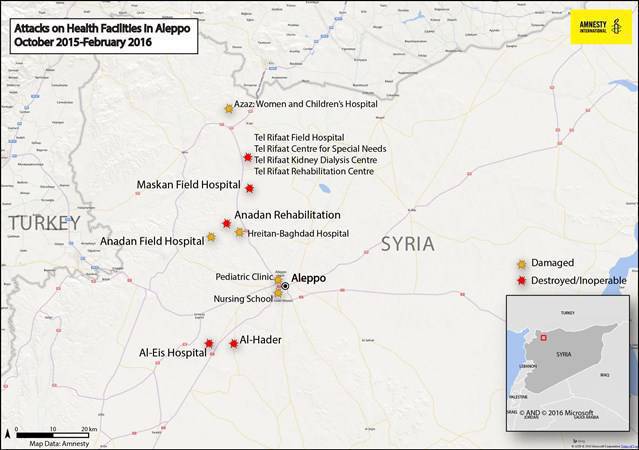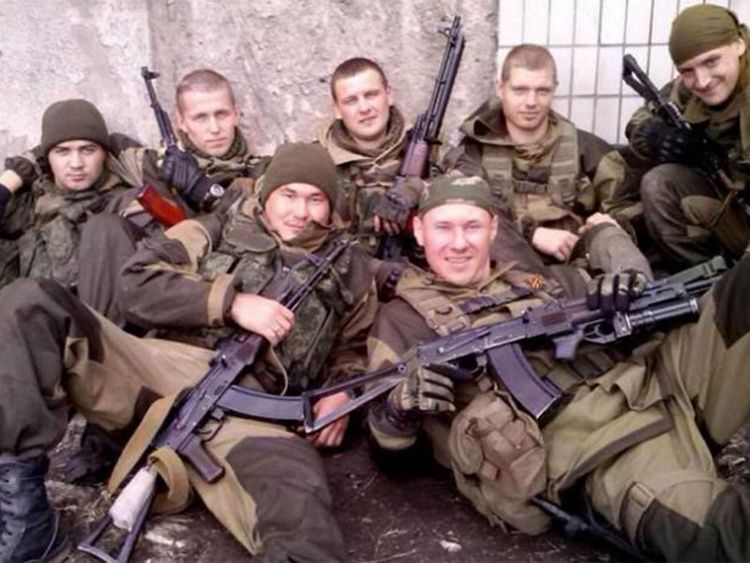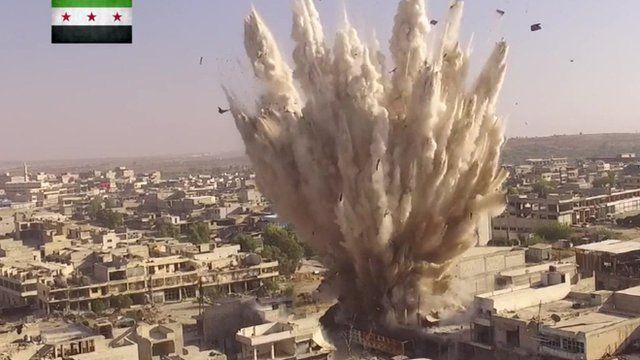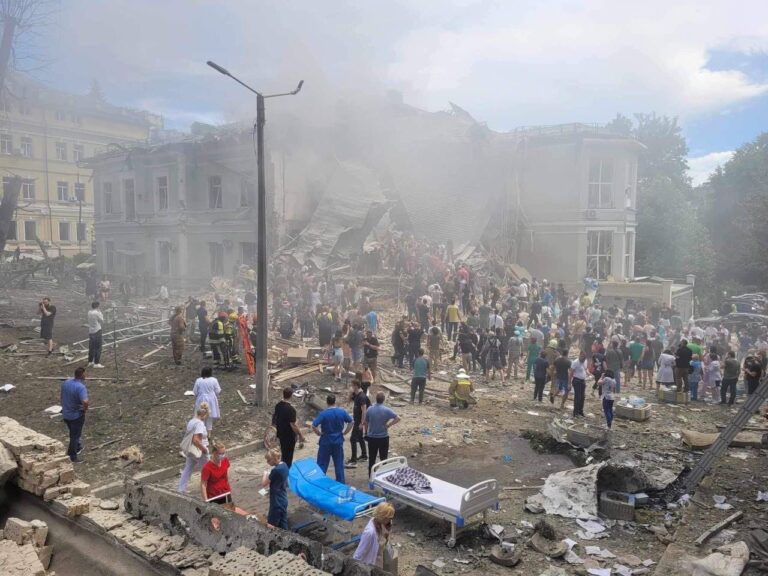Today’s Russian attack on a children’s hospital in Kyiv was without a doubt a deliberate move on the part of Moscow. An analysis of videos showing an Kh-101 missile hitting a hospital building indicates that the hospital was indeed the target. This is indicated by the fact that the missile flew along a planned route and didn’t just plunge uncontrollably as would be the case had it been shot down by air defense systems. There are also no signs of the fuel line burn or an elevator jam. The missile proceeded in a controlled manner along predetermined coordinates, which confirms the version that the hospital was in fact its intended target.
The HQ of Ukraine’s Ministry of Defense is located less than half a mile south of the impact site. However, the missile’s flight path suggests that the MoD building was not the target. We also analyzed satellite images of the children’s cancer hospital area. And we can declare with confidence that the impact site is within a densely populated area. Therefore, when deciding to launch a missile at the set coordinates, the Russians were fully aware that civilian casualties would be inevitable.
In this context, we argue that targeting medical facilities is part of the airpower tactics applied by the Russian military command. Thus, in 2016, in Syria’s Idlib province, a hospital operating with the support of Doctors Without Borders was also hit, as was a hospital in the city of Aazaz, where at least 10 people were killed. At the time, Turkish Prime Minister Ahmet Davutoglu blamed Russia for that act.
On May 1, 2024, a lawsuit was filed against Russia with the UN Human Rights Committee in Geneva, alleging that the Russian military in 2019 deliberately attacked a hospital in Kafr Nabl in the southwest of Idlib, Syria, resulting in at least two civilian deaths.

The suit includes video and audio recordings proving direct involvement of Russian aviation in coordinating and executing an attack on the civilian target. The documentary evidence notes that at the time of the missile strike, no military operations were being conducted in the area where the hospital was located.
Amnesty International examined the aftermath of Russian bombardments of medical facilities in Syria, concluding that the attacks on hospitals and other such facilities were deliberate and systematic, aiming to clear the path for a ground offensive into northern Aleppo. At the same time, Amnesty International’s crisis response chief Tirana Hassan suggested that targeting hospitals had become part of Russian military strategy. Hospitals in opposition-controlled areas around Aleppo have become a prime target for Russian troops throughout that period.
The Russian government’s strategy is to provoke the exodus of civilian population by targeting hospitals and other civil infrastructure, thereby facilitating a ground invasion. Thus, there is a direct link between targeting civilian facilities and Russia’s ground operation plans.
Targeted attacks on civilians not directly involved in hostilities and on civilian facilities, including hospitals and other medical facilities, constitute a violation of international humanitarian law (the laws and customs of war) and are seen as war crimes, systematically committed by the Russians – both in Syria, Africa, and Ukraine.

More on this story: War crimes to reflect the essence of Russians


More on this story: Russia’s war crimes reflect population’s morality lows
In Ukraine, we see a picture similar to Syria. In 2022, Russia hit a hospital in Mariupol, which housed maternity, children’s and therapeutic wards. Three people were killed three. As in the case of the hospital in Kyiv, Moscow is justifying its acts through disinformation about the alleged military facilities located near hospitals, although it is obvious that Russia’s satellites allow for identifying military targets and avoiding collateral losses. Thus, we are convinced that, as in Syria, the Russians in Ukraine are designating hospitals as legitimate targets for missile strikes. On December 29, 2023, Russia hit and effectively destroyed the maternity ward of a hospital in Dnipro.
In February 2024, in the city of Selydove, Donetsk region of Ukraine, another hospital building was damaged as a result of Russian shelling.
Thus, attacks on medical facilities are an integral part of the Russian military’s tactics to undermine resistance and intimidate the civilian population. We drew attention to this feature of Russian tactics back in January 2020, arguing that the destruction of civil infrastructure in Syria indicated that Moscow’s key task in Syria was in fact to break the resistance of the Syrian opposition, not to counter the Islamic State.

We are convinced that in order to shift public focus away from the attack on a children’s hospital in Kyiv, the Kremlin will launch a similar attack on a medical facility in Russia somewhere close to the border with Ukraine, followed by accusing Ukraine of attacking a civilian target using weapons supplied by Western partners. Moscow uses symmetrical false flag operations to play victim and water down the international response to its own crimes. We expect that this false flag operation could be executed within the next three days.
Russian strikes on hospitals also demonstrate that the international community is unable to put Russia back to the framework of international law through diplomacy. Therefore, according to our estimates, the West’s response to Russian war crimes should include permission for Kyiv to perform asymmetric retaliatory operations and the increase of the permitted range of pre-emptive strikes on the legitimae military targets inside Russia.




